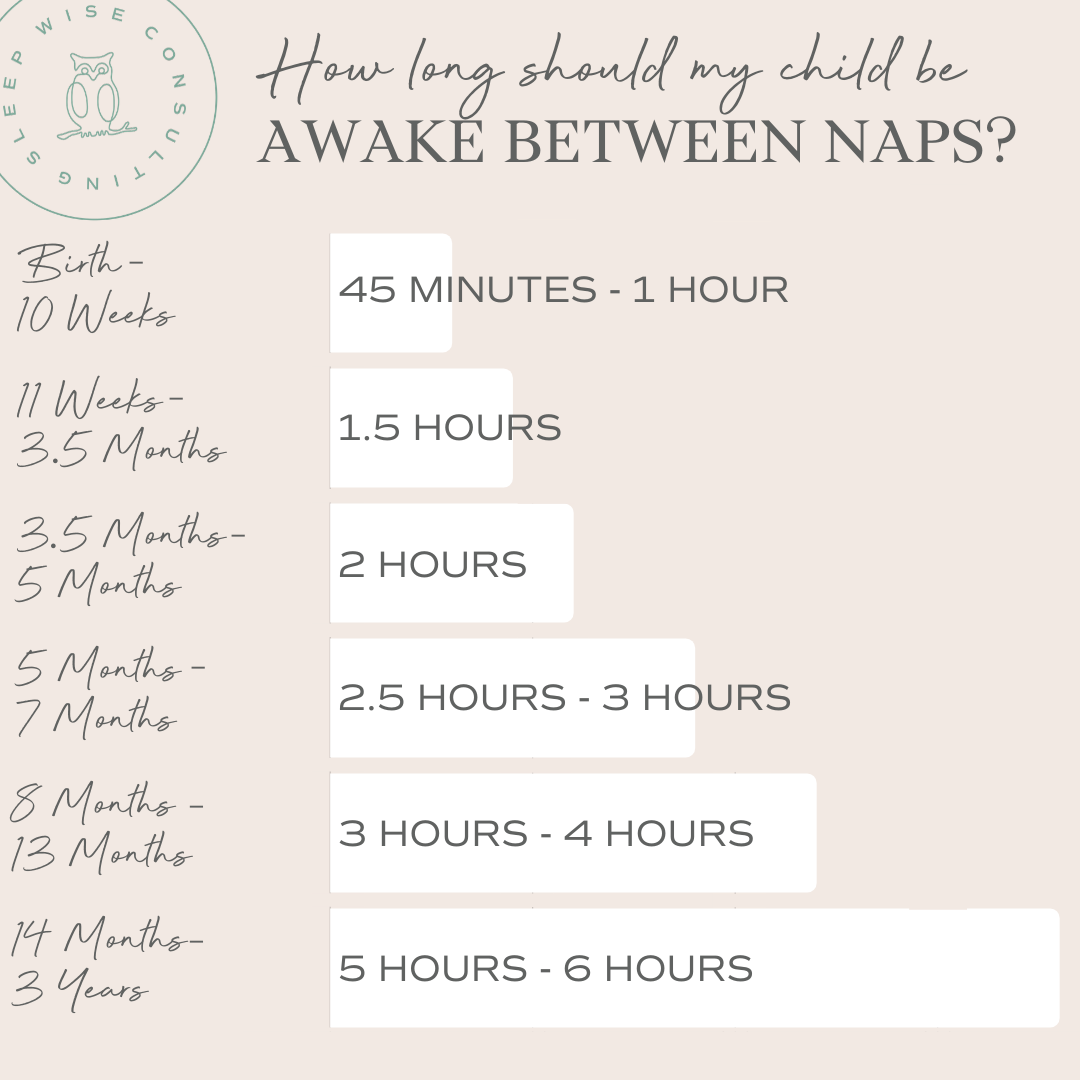Going Out to Dinner with Kids While on a Sleep Schedule
Solving the Short Nap Dilemma
Teaching your baby to nap consistently can be tricky. How to handle it depends on which developmental stage your child is in at the time. In the early months of a baby’s life, helping him or her learn to sleep well is the foundational goal. However, even if a child has healthy sleep habits, daytime sleep may still feel less-than-predictable for young babies. Hang in there… By about halfway through the first year, you should be able to depend on a fairly consistent schedule.
So hear me when I say: short naps WILL end someday. They do not last forever! As tiring as they may be, I assure you; they are normal. In fact, they are truly more frustrating as a parent than they are detrimental to a child’s overall sleep. Your little one can still achieve amazing overnight rest even with daytimes that feel more erratic than we hope.
Following are a few tips that will both ensure predictability comes together and help you know what to do in the meantime.
Newborns & Short Naps

During the first three months of an infant’s life, understanding the newborn sleep hierarchy helps you know what to focus on. The first priority is to get your newborn sleeping when he should. That might mean rocking, bouncing, or letting your little one fall asleep on your chest. (Of course, enjoying sweet snuggles is only safe when you’re absolutely sure you won’t fall asleep yourself.) Age-appropriate awake windows allow you to avoid overtiredness. Newborns typically need to nap about every hour, and that time generally grows week by week after the first six weeks.
Next comes making sure your baby is sleeping where he should. That would be a safe flat surface, such as a crib, bassinet, or pack-n-play. After mastering the processing of sleeping when and where, you can move on to helping him fall asleep how he should: without assistance. The one thing that we know for sure is that newborns are prone to short naps, and they may not lengthen for a few more months.
Don’t Skip the Nap Routine
You have probably heard that a good bedtime routine is important, but don’t skimp on the nap time routine either. You want to be very clear that it’s time for sleep. When you are consistent about a brief nap time process, your baby will learn that sleep is coming. Every nap, change your baby into a fresh diaper. Read a book or two together, and put on her sleep sack. You may even want to walk around the room to say goodnight to a few things in the sleep space. Then turn on the white noise (if desired), and turn off the light. Finally, after the 3-5 minute routine is complete, lay her in her crib wide awake.
Unlike bedtime routine, nursing your baby or giving a bottle should not be part of the nap time routine. This is to ensure that a feed-sleep association does not bridge. Instead, feed your baby while he or she is fully alert after waking from each nap. The goal is that your little one is laid down while wide awake, ideally by 12 weeks old.
Consider the Nap Environment
Babies nap best in a very dark room. You may have heard that babies who nap in well-lit spaces will be more flexible sleepers. In all honesty, research shows that a pitch black room is the ideal sleep environment for all humans. This is especially true for our youngest sleepers. Children’s brains associate light and darkness with when to be awake or asleep. Even a little bit of light can stimulate your little one and interfere with solid, consistent nap lengths.
Further, if there is a lot of household noise during nap time, external sounds might disturb the baby. Thus, it is wise to use a white noise machine to help drown it out. All-natural white noise at a safe level can allow children to sleep even with traffic, pets, siblings, parents’ alarms, the door bell ringing, etc. nearby.
Watch Your Wake Times
As I mentioned in the newborn section, for babies under 6 months, naps are more likely to be inconsistent. Naps lengths of one sleep cycle (30-50 minutes) are so very common. To decrease that possibility, we recommend following wake times instead of set nap times in the first five months of life. In other words, after your baby has been awake for a particular period of time, offer the next nap. For example, most 12 week olds need 90 minutes of awake time. By 4 months old, the majority of kiddos do best with 2 hours between naps. When your little one gets up, simply adjust the timing of the subsequent nap accordingly.

Missing the ideal window of opportunity for getting your little one down can impact nap lengths. This leads to overtiredness (or even under-tiredness!), which makes sleep harder to achieve. Further, if an infant gets drowsy outside of the crib during a feed or awake time activity, she may get a second wind. This means adrenaline and cortisol pumps through her system, keeping her awake. Since she’s tired but has had some sleep pressure falsely restored, it is likely that she will melt down. This is why we can see little ones become a crying mess and not be able to sleep (or at least not sleep as long or as soundly).
If needed, you can offer a reset nap to break a cycle of overtiredness. Get back on track with ideal eat/ wake/ sleep cycles by providing an informal nap. Occasionally using on-the-go naps, such as taking a stroller walk or a drive in the car, can help your little one catch up on some sleep without derailing your overall success.
Moving to Scheduled Sleep
Somewhere between 5.5 and 7.5 months, most babies are ready to transition to a two-nap schedule. Although the transition itself can be temporarily tough, the two-nap schedule is a breath of fresh air for most families! Many parents embrace the predictability after the first five months of nearly constant change. For parents and babies alike, it is an adjustment to move to sleep times that are more clock scheduled than based on awake times. That adjustment works best when a baby drops down to two naps.

In an effort to enjoy more predictable napping patterns, we recommend beginning with 2.5 hours of awake time before the first nap and 3 hours of awake time before the second nap. With a standard 7:00am desired awake time, plan for two 1.5-hour naps around 9:30am and 2:00pm. On the two-nap schedule, we are aiming for about three or so hours of daytime sleep.
Short Naps Happen
Accept that no matter how Type A we like to be, naps will never be perfect all of the time. Things come up, car rides cause unexpected sleep which throws things off, babies get new teeth, or the next door neighbors spend a week hammering their new fence. Even when you are out and about, have a plan for naps. Expect that daytime sleep will not always be perfect (but know that naps won’t always be short either!). Most importantly, feel confident in knowing what to do when things are off. Be intentional with your mindset to normalize short naps, too… That will make a world of difference!

Kelsey Hotchkiss is a Certified Pediatric Senior Sleep Consultant and Certified Potty Training Consultant that has worked with hundreds of families over the last five years. As both a long-time educator and a mother of three, Kelsey is passionate meeting the needs of the whole child and helping families make the most informed decisions. She strives to help parents enjoy every stage of the parenting journey with confidence and support!


